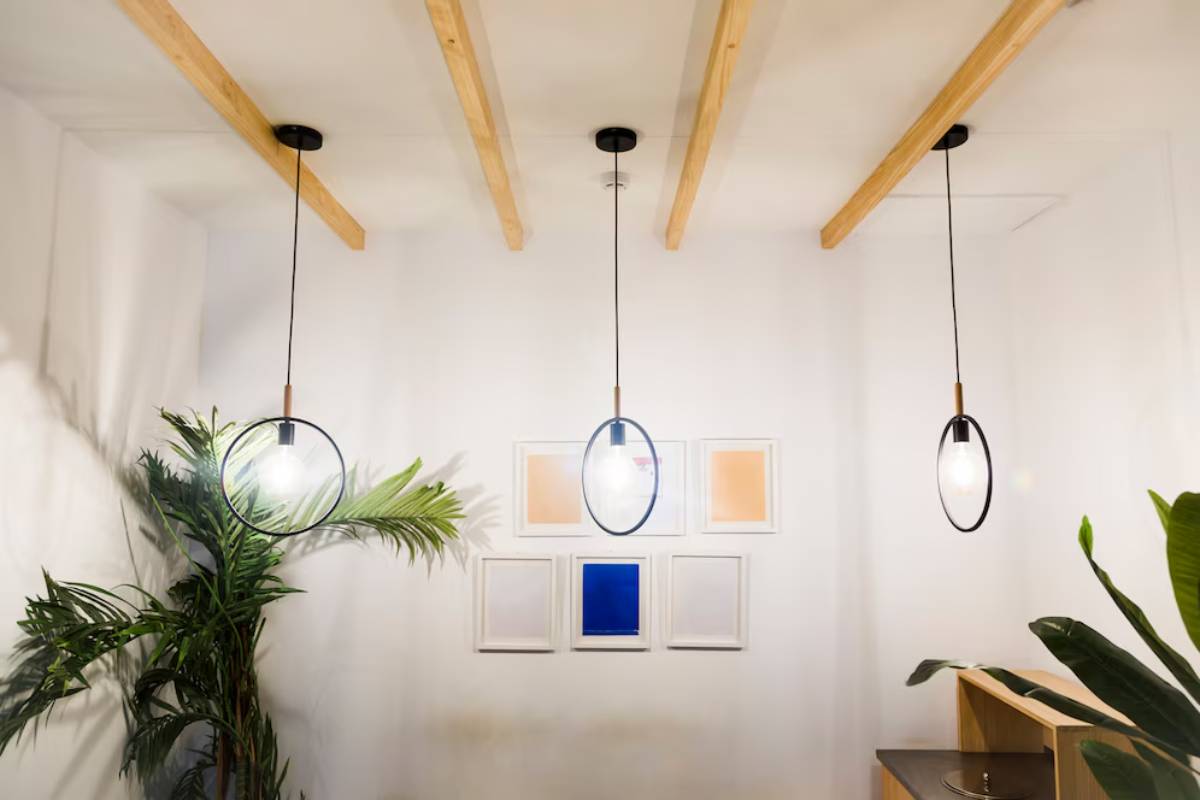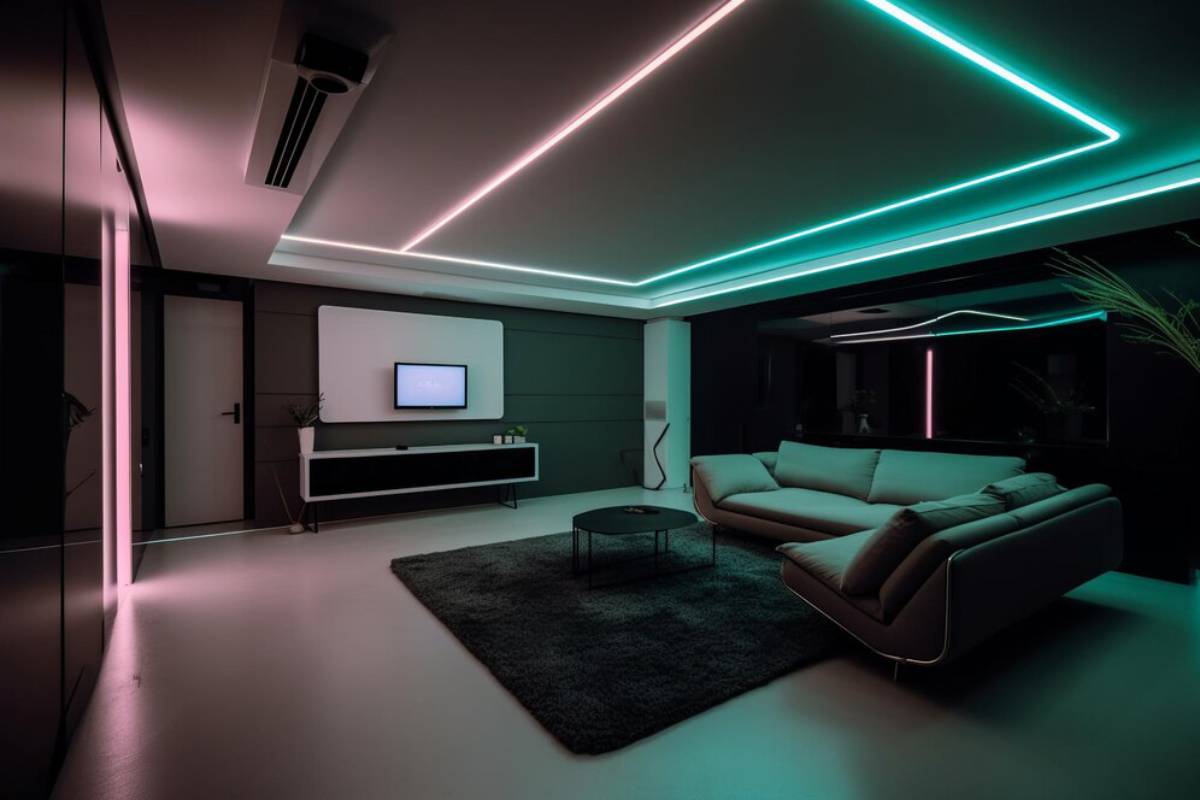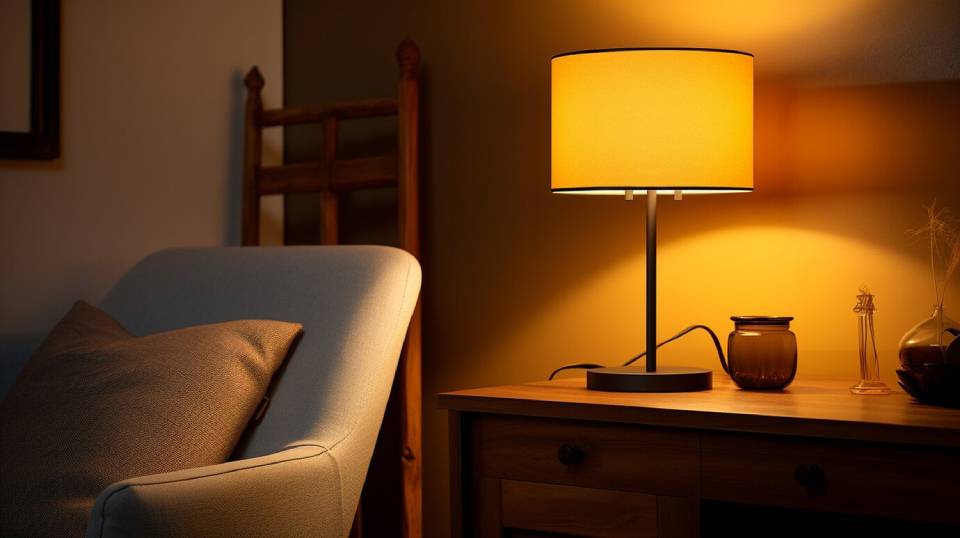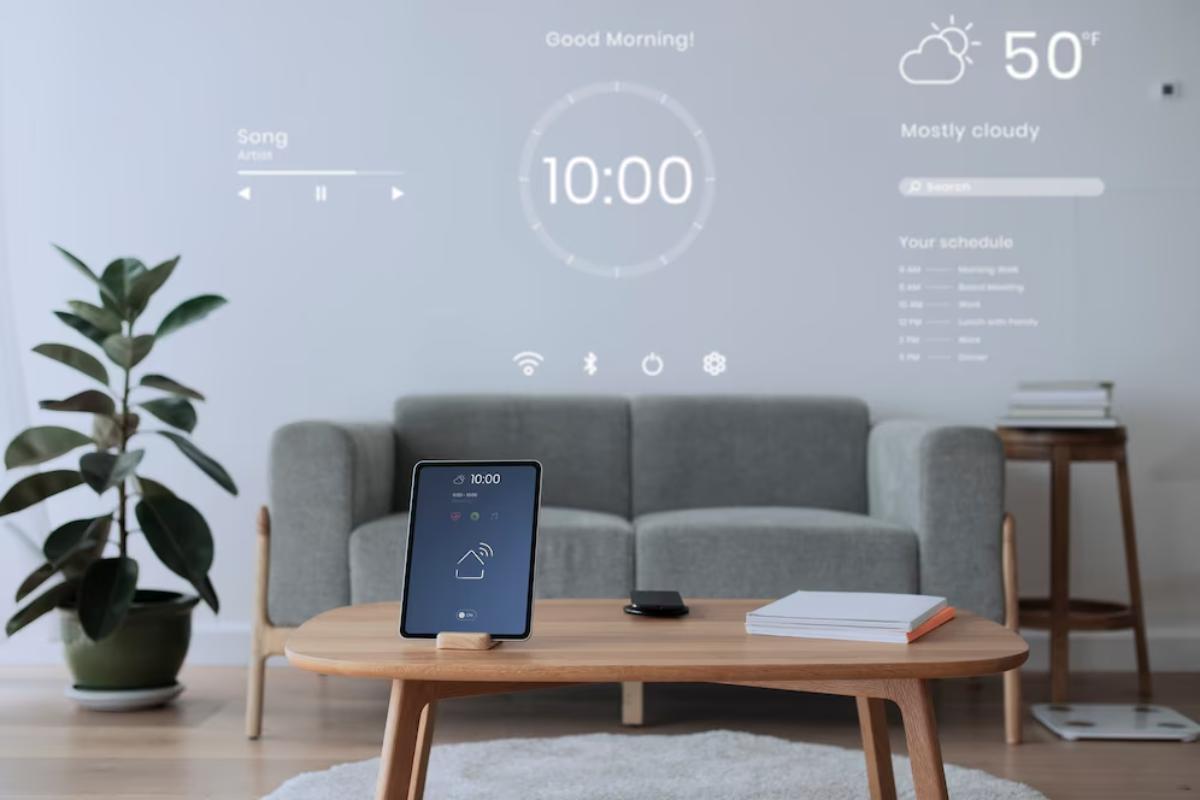
Integrating Smart Lighting with Other Home Devices
Imagine entering your home and having the lights, heating, and even music adjust automatically to your preferences. Sounds like the future? With smart home integrations, it’s already happening. By connecting your lighting systems with other smart devices in a home automation network, you can enjoy seamless convenience, improved energy efficiency, and a truly personalised living experience.
In this detailed guide, we’ll explore how to integrate smart lighting with other smart devices, why it matters, and how to create a home that’s not only smarter but also more responsive to your lifestyle.
Why Integrating Smart Lighting Matters
1. Convenience Like Never Before
- Hands-free control using voice assistants
- Automated lighting based on time, motion, or activities
- Centralised management through apps or hubs
2. Energy Efficiency and Savings
Smart integrations help by:
- Turning lights off when you leave rooms
- Adjusting brightness based on natural daylight
- Reducing unnecessary energy consumption
3. Enhanced Security
When integrated with cameras and motion sensors, lighting can:
- Deter intruders with motion-triggered illumination
- Simulate occupancy while you’re away
Learn more about controlling lights easily with Best smart home apps to control your Lights.
4. Personalised Comfort
- Wake up with gradually brightening lights and soft music
- Set the perfect ambiance for movie nights
- Create scenes for different activities and moods
Core Components for a Connected Home Lighting System
1. Smart Lights
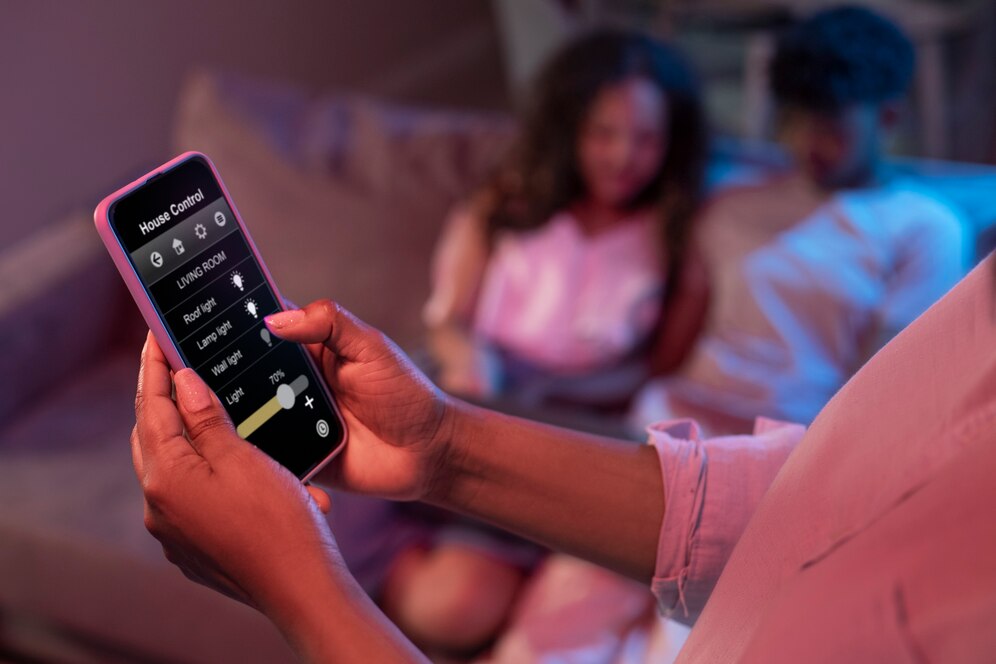
- Bulbs (e.g., Philips Hue, LIFX)
- Light strips (e.g., Govee, Nanoleaf)
- Smart lamps and fixtures
2. Smart Hubs and Controllers
- Amazon Echo (Alexa)
- Google Nest Hub (Google Assistant)
- Apple HomePod (Siri/HomeKit)
- Samsung SmartThings
3. Connectivity Protocols
- Wi-Fi: Direct device-to-router communication
- Zigbee/Z-Wave: Mesh networks for larger setups
- Bluetooth: Short-range connections
- Thread (Matter): Future-forward, low-energy mesh networking
4. Smart Sensors
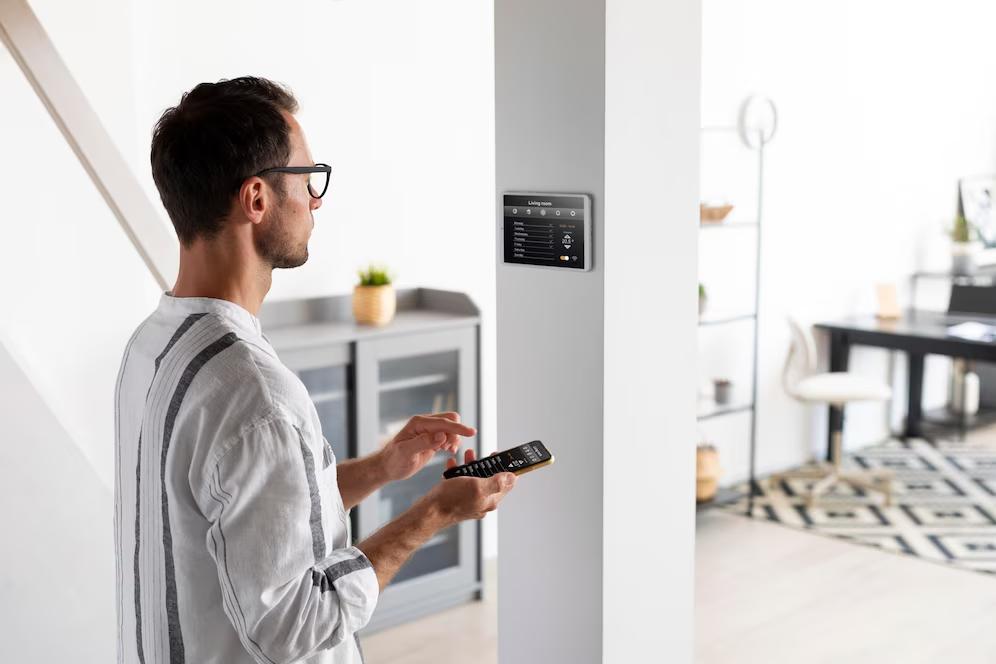
- Motion detectors
- Door/window contact sensors
- Ambient light sensors
5. Smart Switches and Dimmers
- Lutron Caseta
- TP-Link Kasa Smart Switch
- Leviton Decora Smart Switches
How to Integrate Smart Lighting with Other Home Devices
Choose Your Ecosystem
Pick one primary platform for smoother integration:
- Alexa
- Google Assistant
- Apple HomeKit
- Samsung SmartThings
Consistency reduces complexity!
Identify Integration Opportunities
Think about:
- Lighting + Motion Sensors = Hands-free activation
- Lighting + Cameras = Enhanced security
- Lighting + Music Systems = Perfect party scenes
- Lighting + Thermostats = Energy-efficient day/night modes
Install and Connect Devices
- Use apps provided by manufacturers
- Group devices by rooms or zones
- Assign intuitive names (“Living Room Lights”, “Hallway Sensor”)
Create Automations and Routines
Examples:
- “Good Morning” routine: Gradual light increase, thermostat warming, coffee machine start
- “Goodnight” routine: Lights off, doors locked, security cameras activated
Step 5: Test and Fine-Tune
- Adjust settings based on real-world usage
- Fine-tune sensor sensitivities and timer delays
- Using a voice-controlled lighting solutions.
Best Smart Home Integrations for Lighting
1. Lights + Motion Sensors
Lights automatically turn on when movement is detected, then turn off after a set time.
Best For:
- Entryways
- Bathrooms
- Hallways
2. Lights + Smart Locks
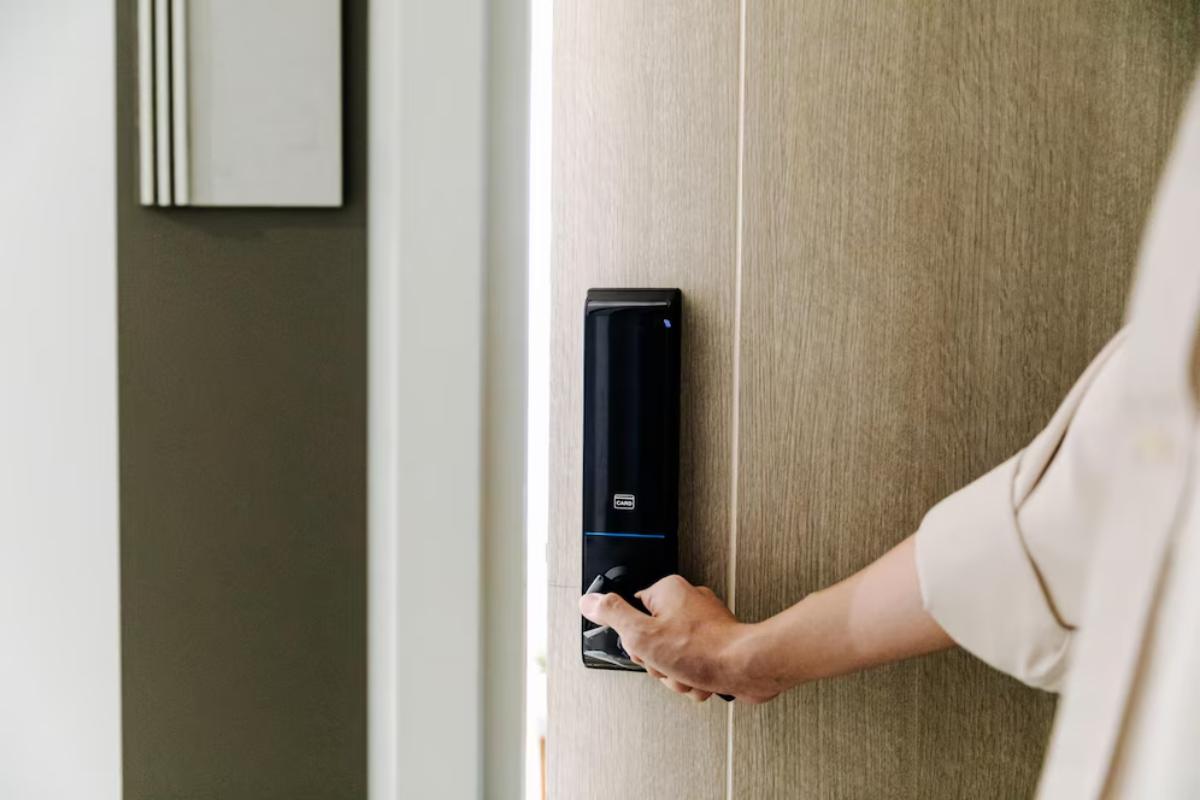
Lights trigger when you unlock your front door, creating a welcoming environment.
Best For:
- Main entrances
- Garages
3. Lights + Smart Thermostats
Adjust lighting warmth based on time of day and heating/cooling settings.
Best For:
- Energy efficiency
- Day/night comfort
4. Lights + Smart Blinds or Curtains
Automatically adjust lighting when blinds open or close to optimise natural light.
Best For:
- Living rooms
- Bedrooms
5. Lights + Cameras and Doorbells
Brighten up outdoor lights when motion is detected by security cameras or doorbells.
Best For:
- Home security
- Visitor awareness
Real-Life Integration Scenarios
Studio Flat in London
Emma integrates her Philips Hue lights with a Nest thermostat and Google Nest Hub. Her “Wake Up” routine gradually brightens lights, plays soft music, and warms her space before her alarm even goes off.
Suburban House in Manchester
James pairs his Ring doorbell and outdoor lights. When the doorbell detects motion, porch lights turn on automatically — even if he’s not home.
Urban Apartment in Birmingham
Sophie sets her smart blinds and Hue bulbs to work together: when blinds lower at sunset, indoor lights brighten automatically, creating the perfect evening ambiance.
Tools to Enhance Your Home Automation Network
- IFTTT (If This Then That): Connect different apps and devices creatively
- Home Assistant: Open-source automation platform for advanced setups
- Yonomi App: Great for device grouping without extra hubs
- Samsung SmartThings App: Ideal for complex multi-device routines
Pro Tip: The more you integrate, the simpler your life can become — but always start simple and scale gradually.
Common Mistakes to Avoid
Overcomplicating the System
- Keep automations simple at first
- Avoid creating “device fatigue” with too many notifications
Ignoring Device Compatibility
- Always check that devices support your chosen ecosystem
Poor Wi-Fi Setup
- Invest in a mesh Wi-Fi system if you have a lot of devices
Forgetting About Privacy and Security
- Change default passwords
- Regularly update device firmware
Emerging Trends in Smart Lighting Integrations
Matter Protocol
Finally delivering true cross-brand compatibility and simpler setup.
AI and Predictive Automation
Systems that anticipate your needs without manual programming based on behaviour patterns.
Sustainable Smart Lighting
Greater focus on devices that help reduce carbon footprints through adaptive daylight harvesting and energy reporting.
Building a Truly Smart Home Starts with Smart Lighting
Integrating your smart lighting with a broader home automation network isn’t just about high-tech bragging rights. It’s about crafting a living space that understands you, supports your needs, and even saves you time and energy.
From automating your morning routines to enhancing security and comfort at night, connected lighting systems empower you to live smarter, not harder.
So why wait? Start integrating your smart lights today, and take the first exciting step toward a home that truly responds to you.
We’d love to hear: What integration are you planning first? Share your ideas or questions in the comments below!
